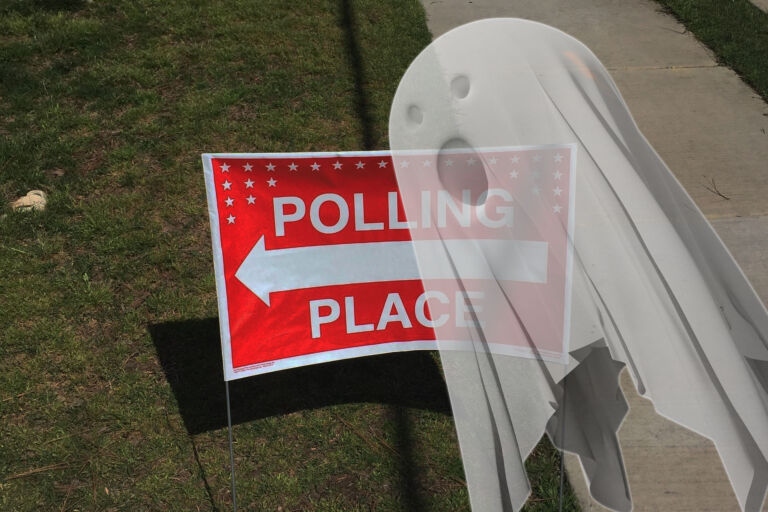That’s the title of a new report written by Lyman Stone and published by the American Enterprise Institute. In it, Stone discusses something most of us know but don’t like to think about: “Americans are getting older.” Here are some excerpts from the executive summary:
While we were once a youthful country with fast growth propelled by high fertility and immigration, today Americans are getting older at an even faster rate than many European countries. This will have significant economic and social consequences over the next several decades.
But paradoxically, while Americans are getting older, they are also dying younger. Life expectancies have begun to decline, driven by so-called deaths of despair, which can be better thought of as man-made deaths. These deaths include not just suicide and drug deaths but also, in recent years, increased traffic accidents and homicides. Man-made deaths can account for 100 percent of the decline in American life expectancies: We are, on a national scale, killing ourselves. The result is even slower growth in the labor force just as baby boomers approach retirement. The fiscal strains of this one-two punch on local, state, and federal budgets will be enormous.
Meanwhile, American society is changing. As Americans have gotten older and more settled, our institutions have also become less dynamic. A country that was once typified by a sense that anyone could be or do anything is now hidebound by an increasingly heavy weight of rules and regulations. While this trend toward more regulation and greater constraints on regular life can be seen across all walks of life, this report focuses on five main areas:
- Increasing stringency of land use regulations such as zoning,
- Greater prevalence of restrictions on work such as occupational licensing,
- Unusually high incarceration rates given currently low crime rates,
- An education system that forces people to spend more years in school for a higher cost and less value, and
- Growing debt and other financial burdens among households and at all levels of government.
These trends can all be traced back to policy choices made between the 1940s and 1990s. That is to say, while they disproportionately afflict younger generations such as millennials, they are problems created by baby boomers and their parents. If the United States is to have a 21st century as prosperous as its 20th century, these damaging legacies of the baby-boomer generation must be fixed. …
It’s a long report with lots of charts and graphs. It describes our current problems in depressing detail, but it’s not all gloom and doom. Stone thinks we can solve our problems, and, after offering specific suggestions about how we can do it, he ends on a positive note:
[I]f policymakers could muster the political courage to address the brewing entitlements problem, if over-incarceration could be addressed, and if the educational arms race could be stopped, rigid licensing rolled back, and land use regulations undone, it would result in an America with cheaper housing, more jobs, quicker and higher-quality education, a better long-term fiscal outlook, and fewer lives destroyed by unnecessary years spent in prison. It would be an America that feels stronger and more full of potential—even younger. In other words, the key to unlocking the social and economic potential of America in the 21st century may simply be about undoing the damage of the latter half of the 20th century.


